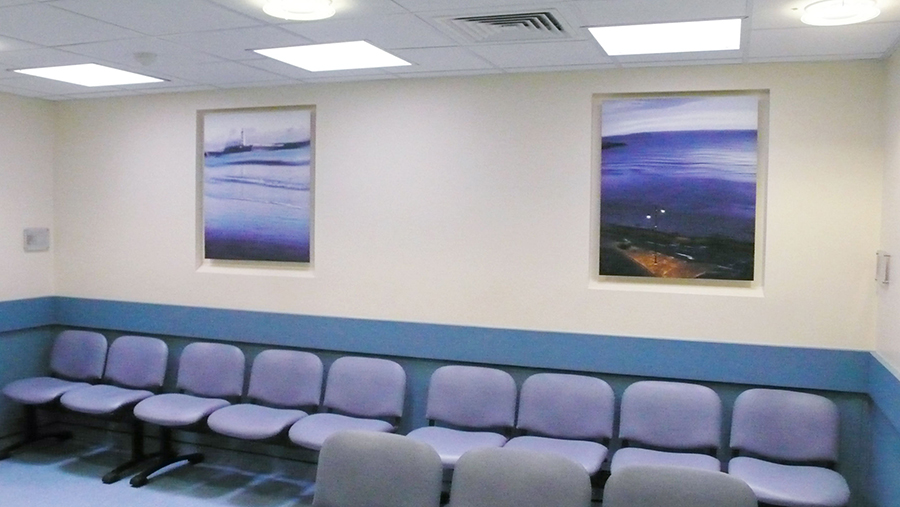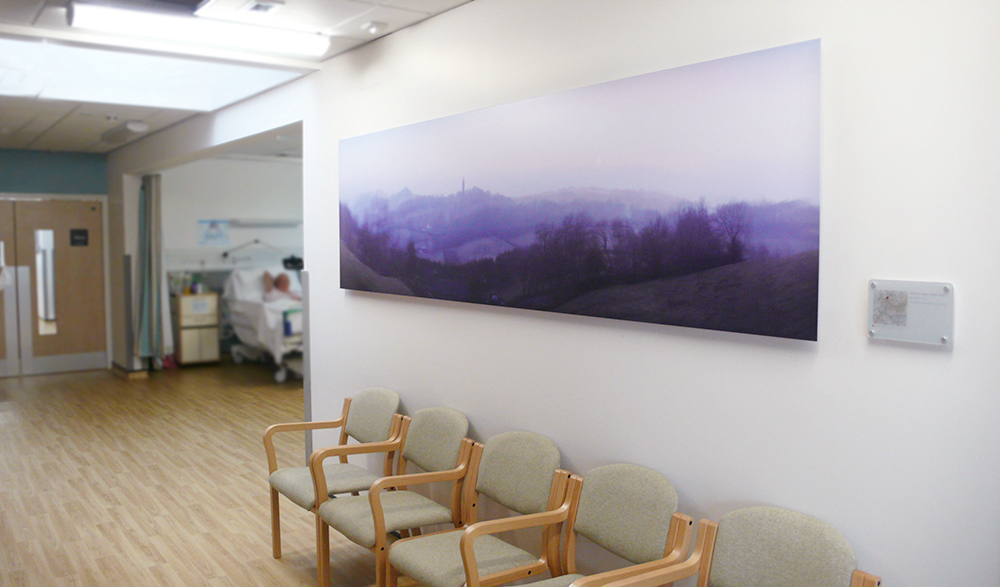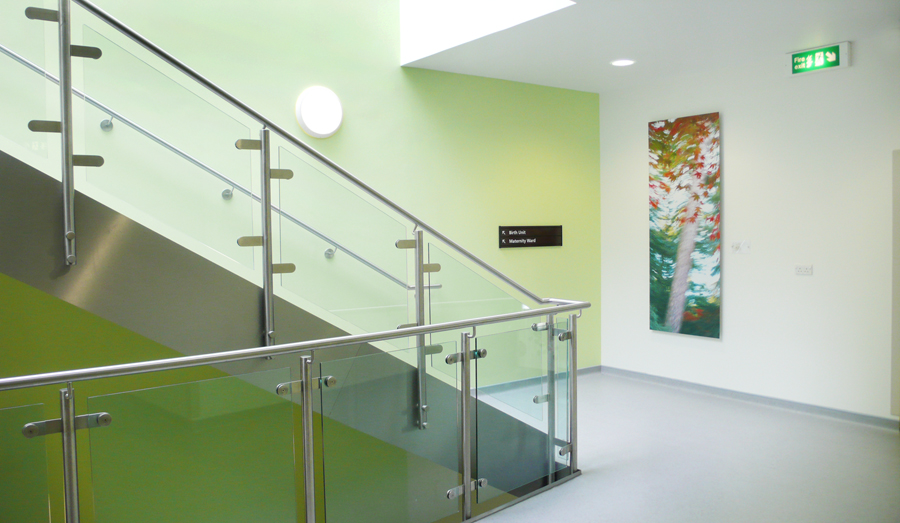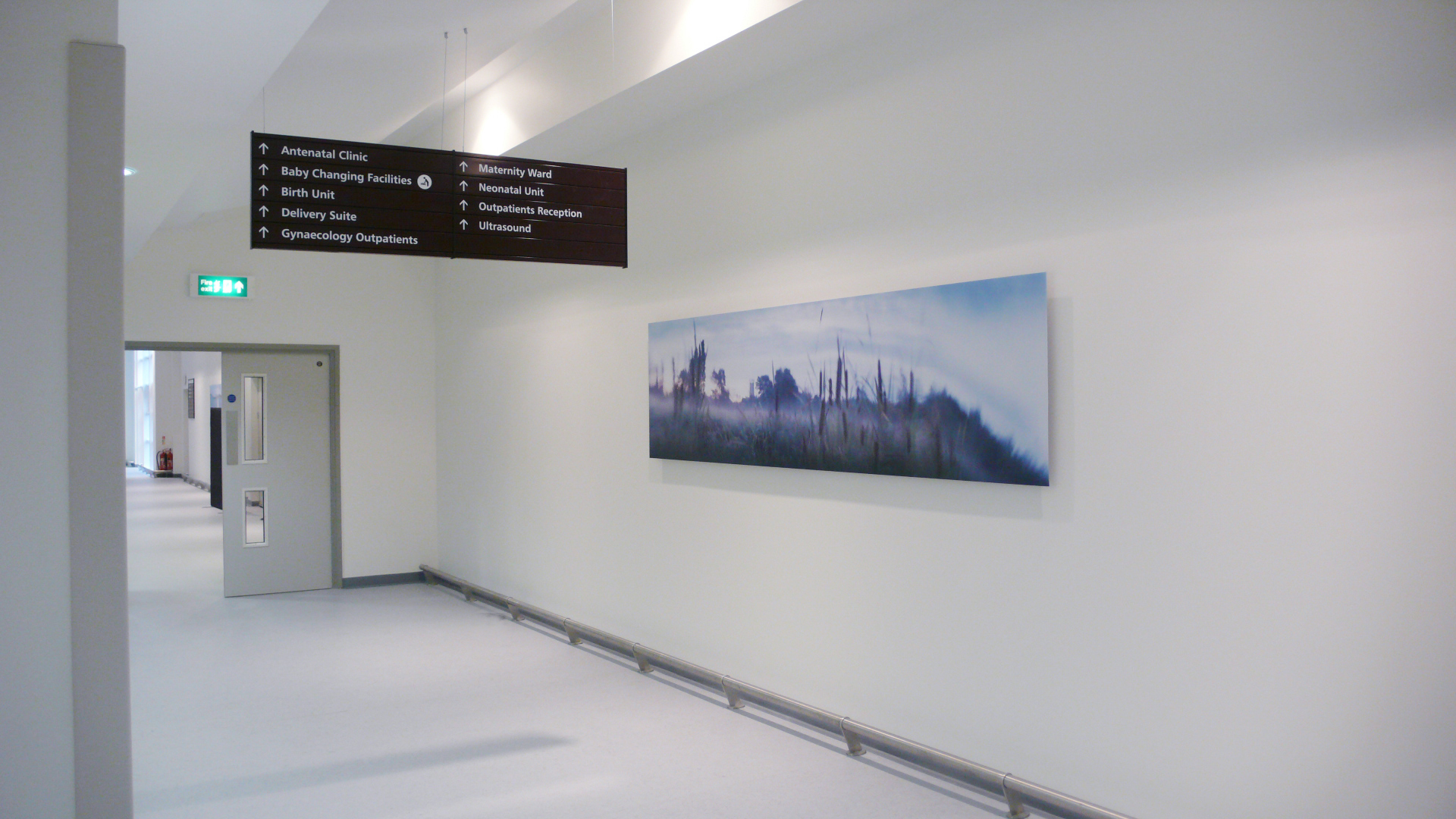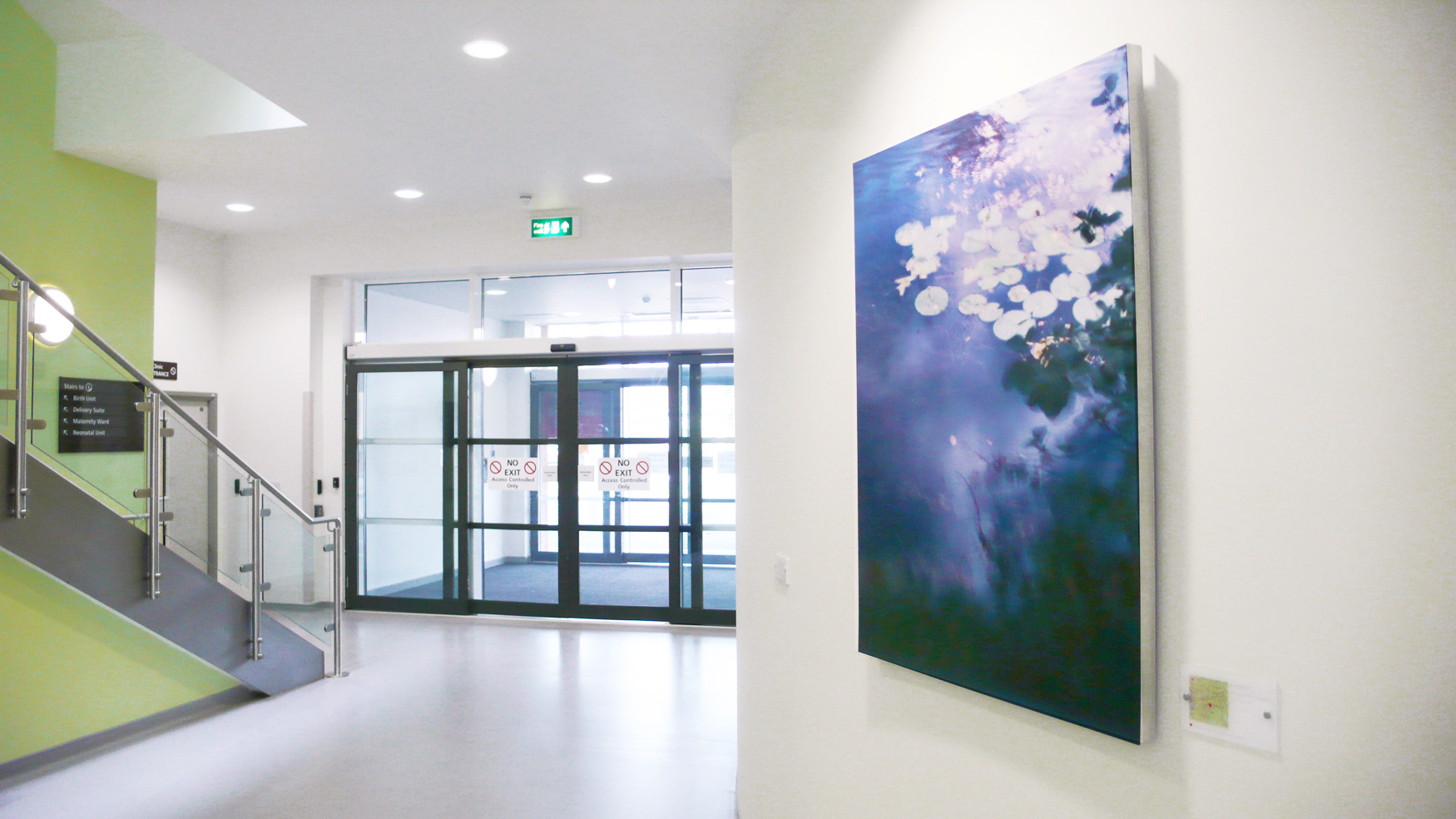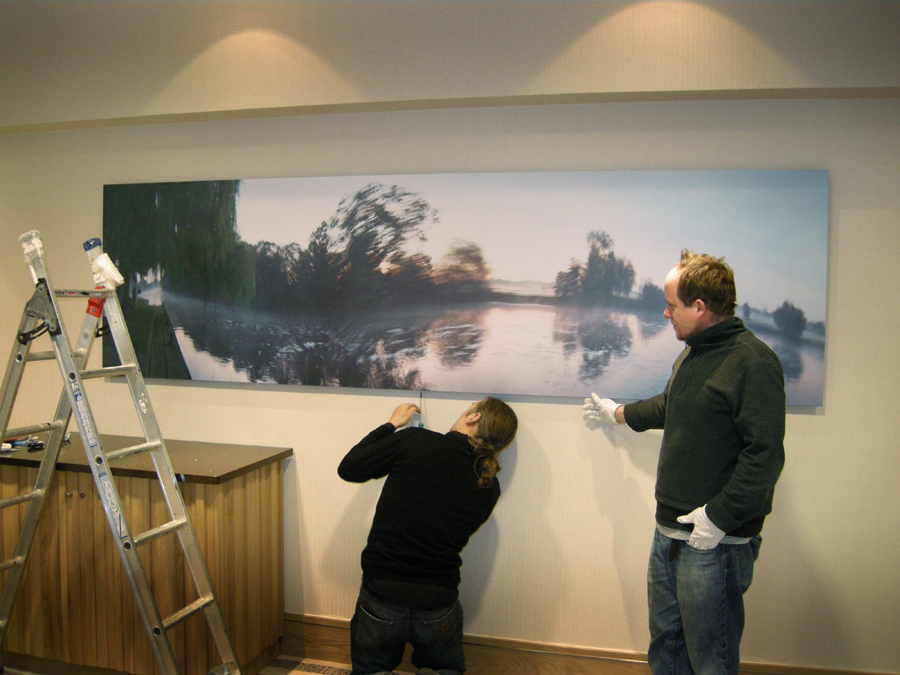The relationship between art and therapy has existed since the beginnings of humanity. In ancient times the figure of the healer and artist would often overlap. The shaman in many primitive cultures would play the role of a healer and incorporate art such as dance, visual art, music, etc. in his healing processes. It was believed – actually throughout the whole human history – that soul and body were connected and the attempt to heal the body was not done without an attempt to heal the soul. There is an ancient Roman and Greek proverb: Mens sana in corpore sano (in Greek: Νοῦς ὑγιὴς ἐν σώματι ὑγιεῖ – “Healthy spirit in healthy body”). Even in Christianity the first icon-painter, St Luke the Evangelist, was also a doctor.
Our physical health goes hand in hand with our mental and emotional health. We need to be healthy, but we also need to feel healthy. Art is connected to the human spirit; we are creative beings, whether it is to create or to experience a created work. Art gives us strength, inspiration and a feeling of being alive. All this applies to all kinds of art and creativity in general, but even more so to visual art. Out of the five senses, the sense of vision is the most developed one in humans. Have we not heard the expression: “The eyes are the windows of our minds”?
So while it may seem that the idea of art for hospitals is something new, it is in fact an old concept which has been somewhat abandoned in recent times and only just making a come-back.
“There are ample reminders of art placed in hospitals in previous centuries. William Hogarth‘s 18th-century painting “Pool of Bethesda” still hangs on the grand staircase of Bart’s Hospital. But paintings were often banished from the wards by the post-war trend of brutal minimalism that swept through hospitals and other public buildings. It is only in recent years that hospitals have witnessed a modern renaissance.”
Dr Lee Elliot Major, The Independent, 2008
Hogarth’s Painting “The Pool of Bethesda” in the stairwell of Bart’s Hospital, London
The Burns Centre, The Queen Elizabeth Hospital, Birmingham – bringing a sense of light and nature into the clinical space
Above: before and after artwork installation
Winter Woodland, 2012
A plaque was made for each piece to identify locations and to encourage people to go and find places for themselves.
Cool colours for Burns Centre
Colour was an important factor to consider when making work for the Burns Centre. Since many patients are coming in having suffered burns from heat or fire, a cool, soothing colour palette was desired. Thankfully it was winter and I was able to take advantage of the frosty mornings and even some snow on the hills around Birmingham.
Psychologists report on impact of artwork in hospital
From the early stages of this project a psychologist was involved to assess the improvements made. A survey was carried out before the art was installed and then three months later. Before, staff reported that patients would complain about the blank walls, lack of things to look at and absence of daylight. After the installation of artwork, there was a noticeable difference in the comments from patients and staff, a general consensus of a better feeling.
As a result of the project, comments such as “the rooms were boring and offered little distraction”, coming from patients and staff, were reduced by more than three quarters.
Some of the comments recorded in a survey before and after the installation of artwork:
Time 1 – prior to artwork installation
“Blank walls need brightening up”
“Boring, nothing to look at”
“monotonous”
“Lack of distraction”
Time 2 – after artwork installation
“It’s a talking point”
“The pictures give a bit or respite from being stuck in a room”
“The pictures have a calming influence on the corridors and reception”
“Patients are walking up to pictures in corridors”
In terms of improvements to the clinical environment, the report suggests that as a result of the artwork, patients and staff were beginning to feel more positive about their surroundings. Besides the visual, ‘decorative’ function of my work, I do hope that the presence of my work will also offer spiritual healing to some people, to offer contemplation, to inspire imagination and ultimately to give hope.
When I sometimes receive feedback from patients who contact me, explaining how my work helped them during their stay in hospital, it all seems worthwhile. If art can supplement the healing process, then surely it has a place in our hospitals as it does in our lives.
Clent Hills Sunrise, 2012 installed in the corridor of the Burns Centre
See more images from this commission:
Related Links:
http://www.uhb.nhs.uk/news/cool-artwork-unveiled-for-burns-unit.htm
http://www.birminghammail.net/news/local-news/birminghams-queen-elizabeth-hospital-uses-4181




















